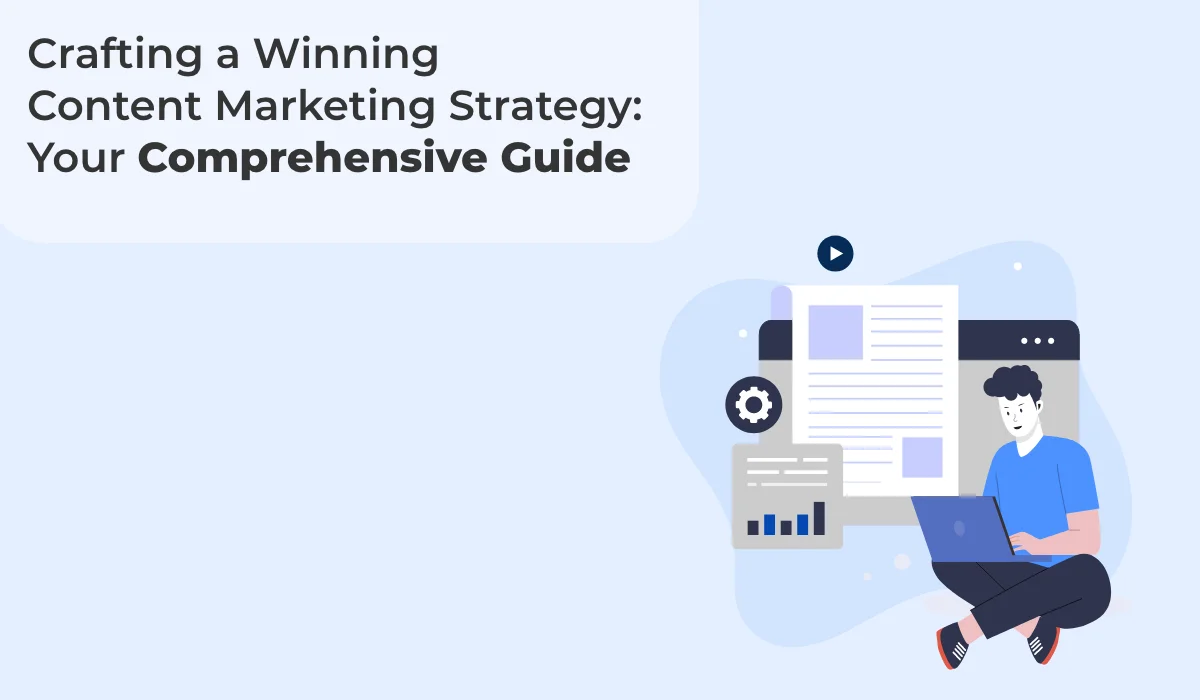Best Practices For Marketing Content Audit & Revamping Strategy

Published on: August 28, 2019
Updated on: April 10, 2024
637 Views
- Content Marketing
4 min read
“Content isn't the King it is the Kingdom”! Thinking about revamping your content marketing strategy or simply looking at building a content development plan, the one thing you will need to do is conduct a thorough audit of your existing content.
Before you begin auditing make sure audience segments and their information needs have been defined across the lifecycle stages you expect your buyers to go through. Make sure all existing content is linked to specific buyer personas and buying cycle stages. Include all content types and formats (e.g. educational and product/service-oriented white papers, ebooks, videos, podcasts, on-demand webinars, case studies, customer testimonials). There are many tools available but in my view, the simplest thing to do is have a cloud-based spreadsheet organized around the personas, buyer's journey stages, content type, content topic and, various engagement metrics (views, downloads, comments, likes, etc.)
Best Practices for Conducting a Marketing Content Audit & Revamping Content Marketing strategy
Once you have your existing content marketing strategy mapped for buyer personas and stage of the buying cycle you have created the library of your available content the audit process begins. The audit can easily become complicated and take a lot of time which is not recommended. The following 5 key focus areas for the audit are enough to get you a very true picture of the state of your marketing content.
1. Gap Analysis. Once you have done the exercise of buyer personas, sales cycle stages and available content you will have a clear picture of the Gaps you need to fill. The spreadsheet itself will show the personas and stages that do not have enough marketing content.
Quality. Content with poor production quality will not only derail demand creation but can also create lasting negative perceptions of the organization and your brand. Ensure all assets meet brand and style guidelines, and update or discard any content that doesn’t meet quality standards.
Relevance. Determine which content meets specific information needs of audience segments in defined buying cycle stages. Look for content that can easily be updated or repurposed to become relevant. For example, if you have a white paper on a topic you can easily create multiple content pieces (blogs, infographics, social media posts) that can be used for different personas and sales cycle stages.
Value. While content value is partially a function of quality and relevance, it is ultimately defined buyer’s response to how well the content addresses an information need. The past level of consumption, engagement, and comments from customers can be a great indicator of value a piece of content is providing. This also helps you identify topics of greater value that need to have cluster content developed around them.
Influence. The primary goal of content marketing strategy should always be to meet the needs of buyers, but it is also important to ensure it meets the needs of the selling organization. Review each content asset to measure how it will influence buyers and if the influence will result in the desired result for the organization. For example, a case study should be strong enough to convince a prospect to move further in the sales cycle.
With the content audit done the fun is just beginning. Now make sure you put the audit to good use and leverage it to provide future direction for your content marketing strategy and always remember what you do after you create the content is what truly counts.
If you have a handle on your content marketing strategy and execution that is great. If not we at Growth Natives can help with keeping your content marketing in top shape. Drop us a line at info@growthnatives.com and we will take it from there.



